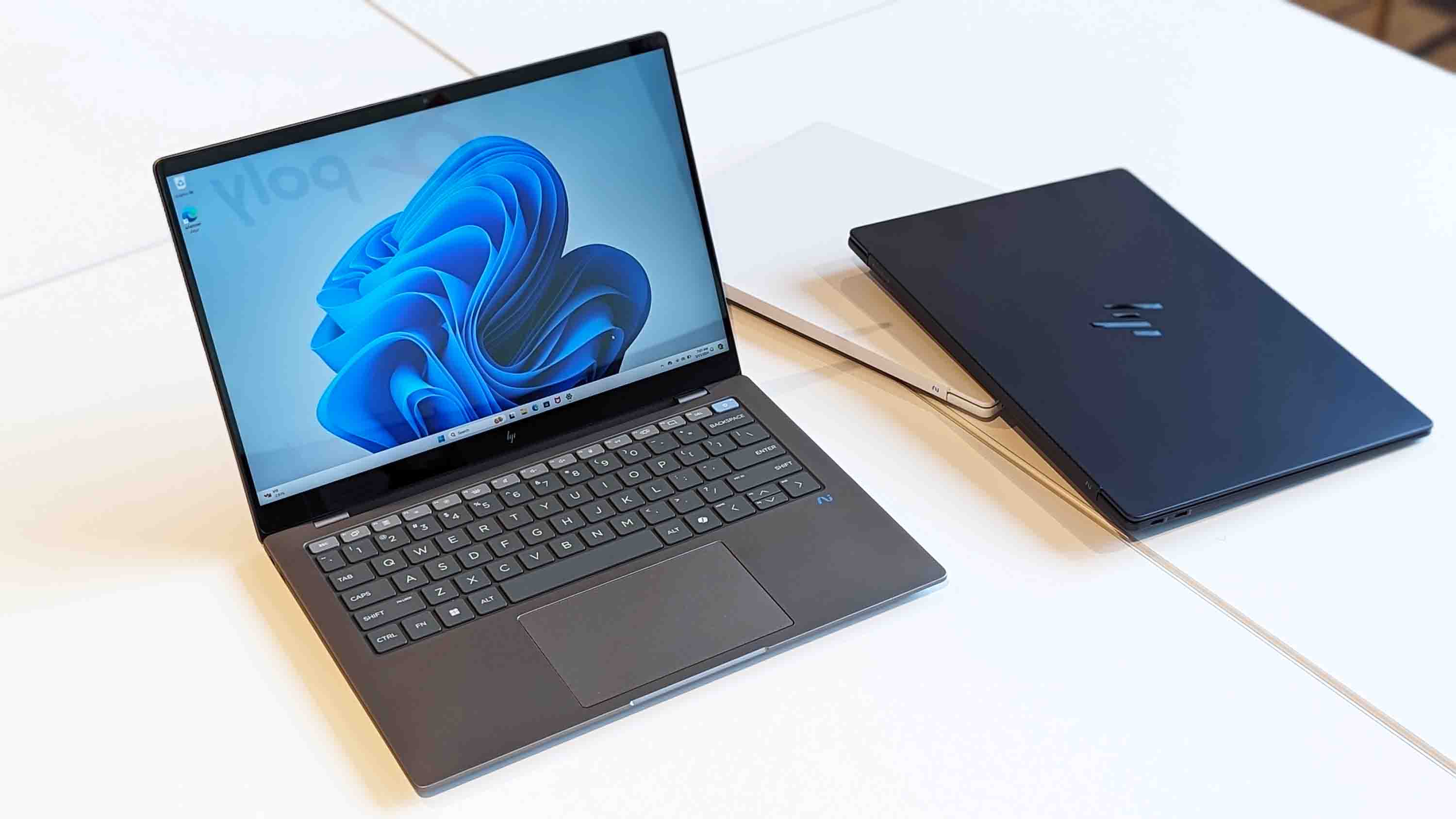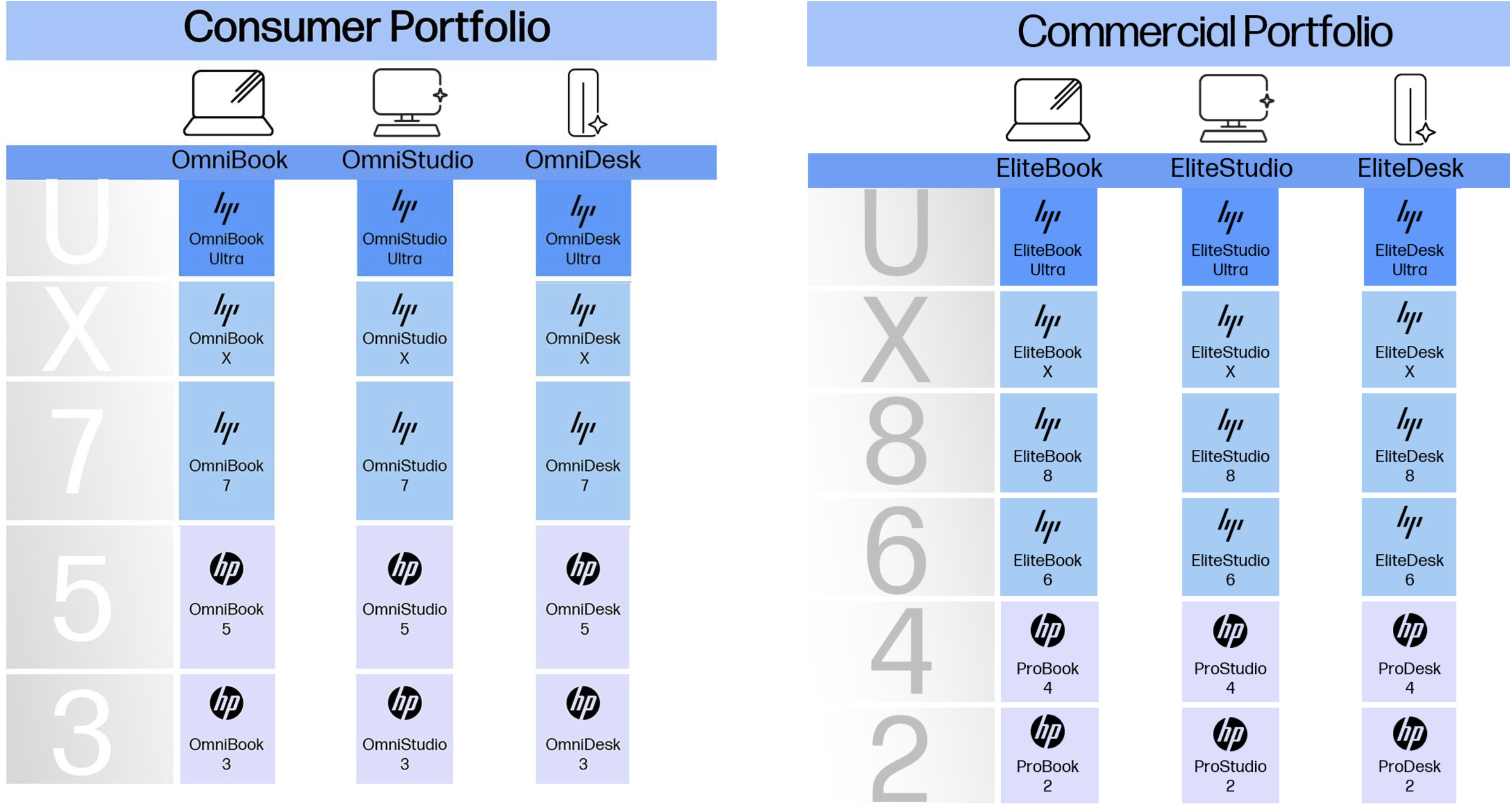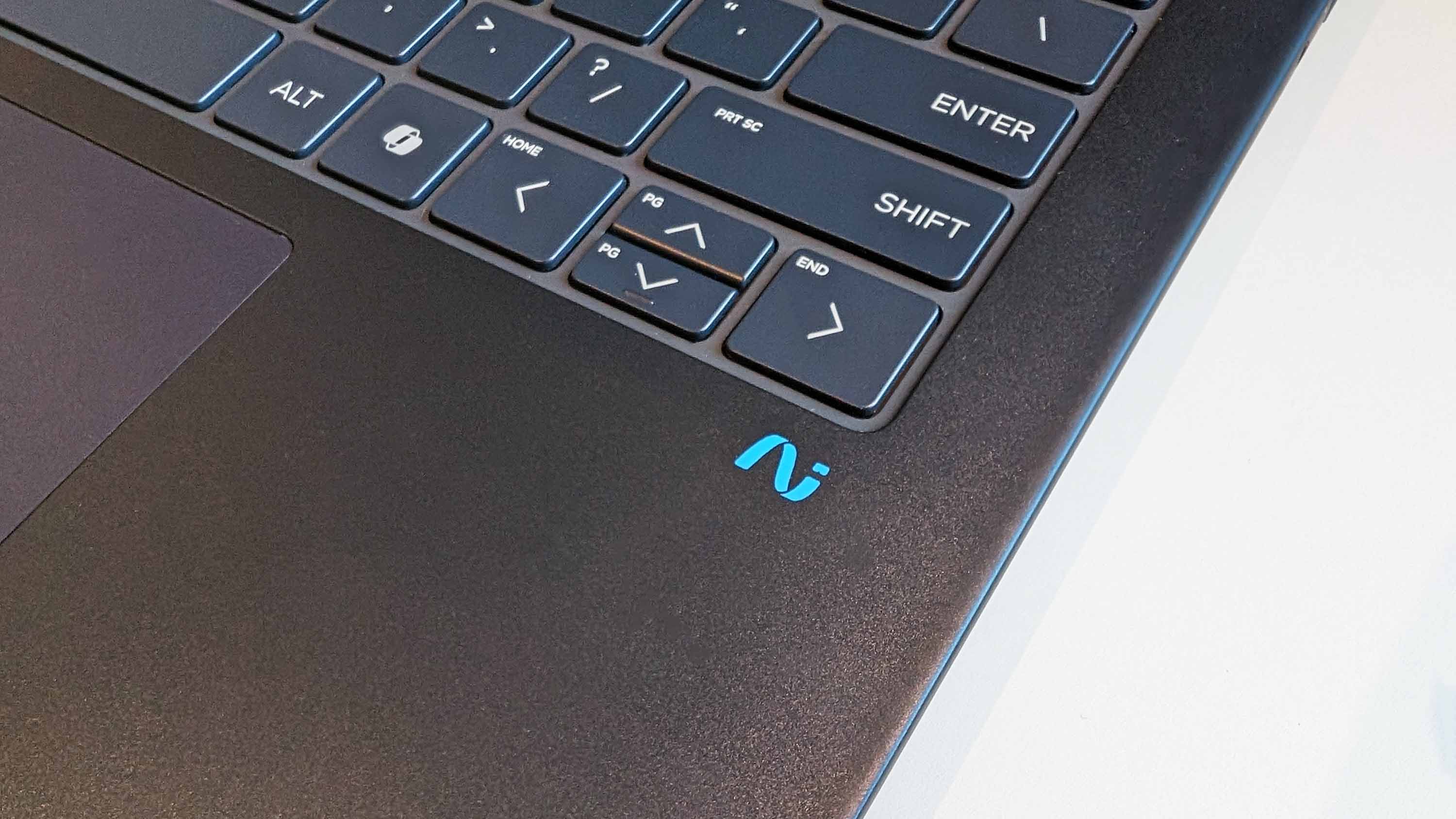
What you need to know
- HP killed all its consumer and commercial PC branding, ditching Spectre, Pavilion, Dragonfly, and more.
- Under the new branding, consumer PCs are now identified as Omni, while business laptops are labeled as Elite, marking a significant shift in HP's product portfolio.
- HP OMEN, however, remains HP’s gaming brand for laptops and desktop PCs.
- The shift in naming is simply the lineup, and it ushers in a new era of computer power thanks to the advent of AI and new Copilot+ PCs.
- While Qualcomm-based laptops are the first with the new branding, forthcoming Intel and AMD devices are also part of the rebranding.
The Windows PC industry is having a major moment with the launch of Copilot+ PCs, laptops that currently meet the standard of a 45 TOPS neural processing unit (NPU). HP is seizing the chance to make a bold move by renaming its entire PC lineup except for its OMEN gaming division.
HP's press release clarifies the rationale behind this change, stating, “… as AI PCs quickly transform the personal computing landscape, we saw an opportunity to take increasingly complex technology and communicate it in a strikingly simple way.”
Leaving HP’s portfolio are Spectre (prosumer), Envy (upper tier), Pavilion (budget), and Dragonfly (top-level business) names, which are no longer being used. Instead, the new (and old) Omni prefix applies to all consumer laptops and desktops, while the Elite prefix applies to all commercial laptops.
The new naming scheme is relatively straightforward: Laptops are either OmniBooks (consumer) or EliteBooks (commercial). All-in-one PCs (AIOs) are now OmniStudio or EliteStudio, and traditional desktop PCs are OmniDesk or EliteDesk.
Each category has different tiers. For consumer PCs, the tiers are 3, 5, 7, X, and U(ltra). HP explains that as “…the numbers increase, so do the design, device features, and overall performance mix.” The business PC side has even numbers with 2,4, 6, 8, X, and U(ltra).

For instance, HP today unveiled its new OmniBook X AI PC and HP EliteBook Ultra G1q AI PC. That means HP could eventually launch a more premium laptop called the OmniBook Ultra or a more affordable business laptop called the EliteBook 6.
The use of OmniBook resonates with PC nerds. Created by Hewlett-Packard in 1993, OmniBooks were originally business laptops but discontinued in 2002 when HP acquired Compaq. However, the name is more than just a callback to HP’s OmniBook heyday; it also conveys an all-powerful image for its consumer PCs, specifically, this new era of AP PCs. HP detailed its reasoning for this name choice:
“In a hybrid world where we’re constantly blending work and play, the prefix ”Omni” embodies this mindset and represents HP’s diverse array of products that cater to every need. HP is, after all, a company built on a partnership that redefined the relationship between people and work. This reinvigorated brand reflects our strong belief in the universality of our consumer PC offerings and reaffirms our commitment to delivering cutting-edge solutions as diverse and adaptable as consumers’ own lives.”

Besides renaming its PCs with a simpler naming schema, HP is also introducing its new AI Helix logo. Similar to DNA structure, while spelling out “AI,” the logo “indicates devices and services across our portfolio built with trusted HP AI Engineering to deliver powerful, meaningful, and secure AI experiences.”
This definition also sounds like not all PC laptops will get the logo, at least not right away, or if they do not have an NPU built-in to meet the 40+ TOPS performance standard. Budget laptops do not meet the standard for Copilot+ PCs as they lack NPUs (e.g., Intel Core chips versus its Core Ultras) and the more premium Snapdragon X Plus and Elite chips.

As to what you should expect to get when you see this AI Helix logo on your laptop deck and rear hinge, HP says this:
“The next-gen AI PCs announced today carry the HP AI Helix, meaning they are unlike any PCs to date. The HP AI Engineering on these devices means they are built with unique HP AI experiences, such as HP AI Companion and Poly Camera Pro, and are equipped with protection against AI- generated threats – all on a powerful platform including a Neural Processing Unit (NPU) at 40+ trillions of operations per second (TOPS) and a next-gen OS. They’re purpose-built for the breakthrough AI experiences—local or on the cloud—that the industry has been buzzing about.”
“When you see the HP AI Helix logo on any HP product, it indicates that device is at the forefront of AI innovation. But it's not just a logo; it's a symbol of HP AI Engineering and a promise to empower users through the power of AI. In the future, HP will use the Helix logo wherever we are delivering new AI experiences for our customers.”
Overall, HP’s new branding is a good move for simplicity and nostalgia, and it has a nice ring to it (who wouldn’t like the name of an OmniBook?). We should also praise the smart and stylish AI Helix logo, which embraces the futuristic, leading-edge image HP is aiming for.







